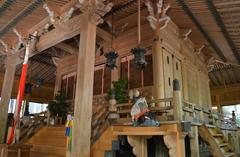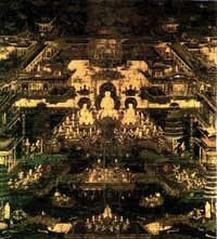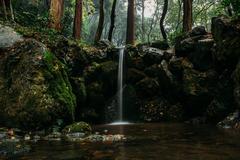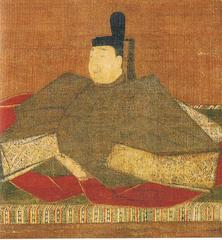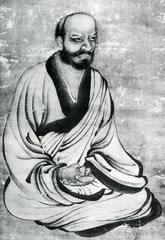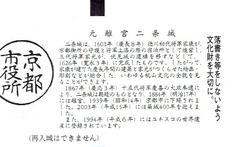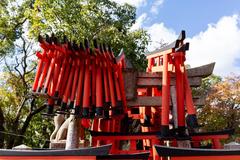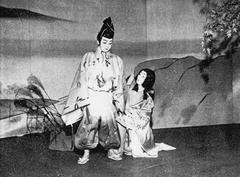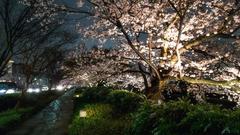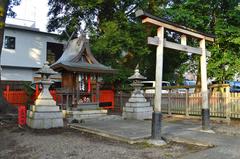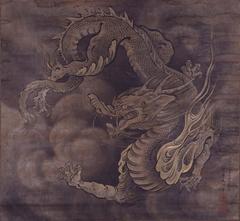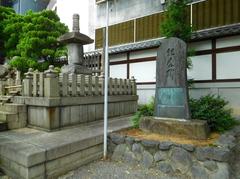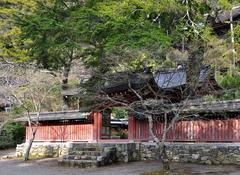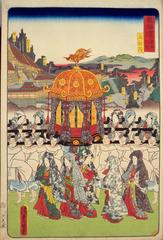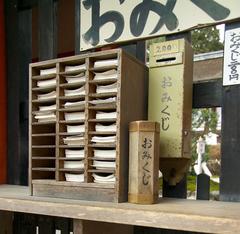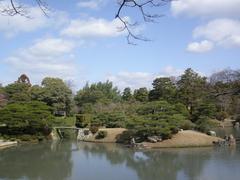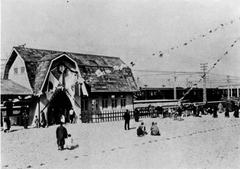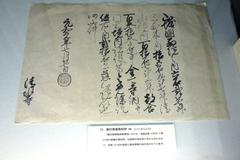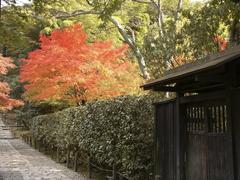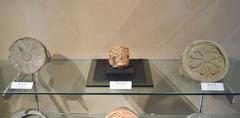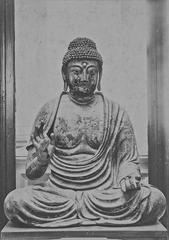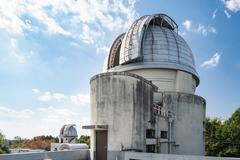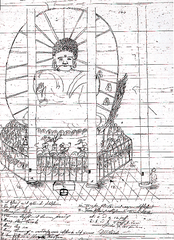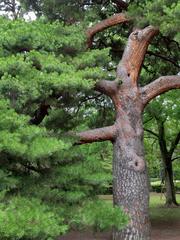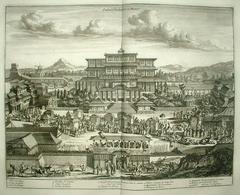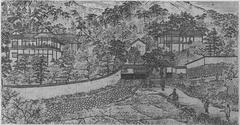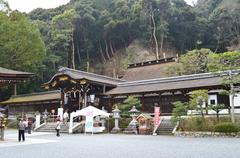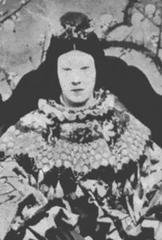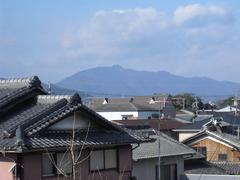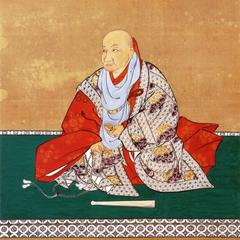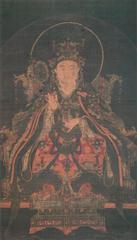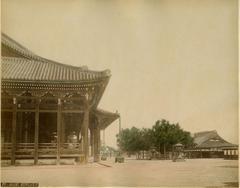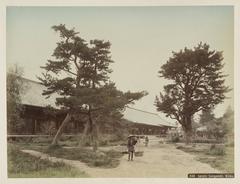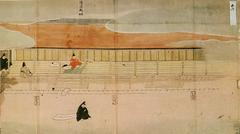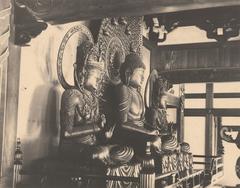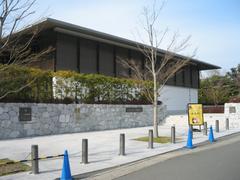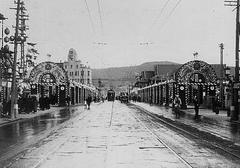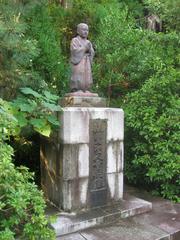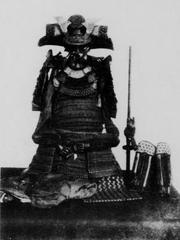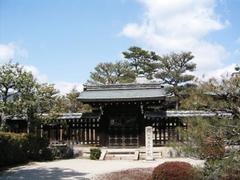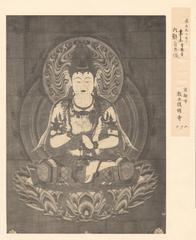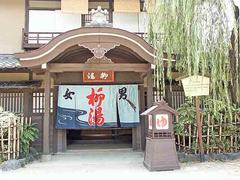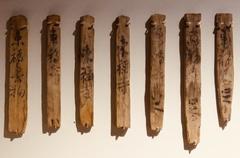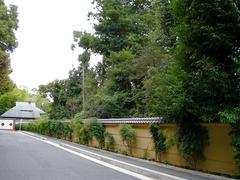Umenomiya Taisha Kyoto: Visiting Hours, Tickets, and Historical Site Guide
Date: 15/06/2025
Introduction: Umenomiya Taisha’s Historical and Cultural Significance
Umenomiya Taisha is a revered Shinto shrine located in Kyoto’s Ukyō-ku district, celebrated for over a millennium as a place of spiritual importance, imperial connection, and vibrant seasonal beauty. Established during the Nara period (710–794 CE) by the influential Tachibana family, the shrine has long been associated with imperial patronage, traditional festivals, and the veneration of deities linked to prosperity, safe childbirth, and sake brewing (Discover Kyoto; Kanpai Japan). The shrine’s scenic grounds are renowned for their extensive plum groves, which bloom in early spring, symbolizing renewal and resilience, and drawing visitors from across Japan and beyond (Japan Travel).
Throughout its history, Umenomiya Taisha has played a central role in Kyoto’s imperial narrative, especially during the Heian and Meiji periods, reflecting its lasting cultural and spiritual significance (Wikipedia). Its architecture, including the classical honden (main shrine) and the tranquil Shinen garden, exemplifies the harmonious blend of nature and spirituality. The shrine is also famous for its seasonal flora—plum and cherry blossoms, camellias, irises, and hydrangeas—and for its vibrant festivals, such as the Amazake Matsuri, Ume Ume Festival, and Saga Tennō Festival (Magical Trip).
Accessible year-round with free admission and modern amenities, Umenomiya Taisha is also affectionately known as Kyoto’s “Cat Shrine” thanks to its resident feline population (Kyoto Kanko Net). Whether you’re interested in history, spirituality, nature, or unique cultural experiences, this comprehensive guide will help you explore all that Umenomiya Taisha has to offer.
Table of Contents
- Origins and Founding Legends
- Imperial Patronage and Historical Status
- Enshrined Deities and Spiritual Significance
- Architecture and Garden Features
- Festivals and Rituals
- Visiting Information
- Unique Experiences: The “Cat Shrine”
- Seasonal Highlights
- Notable Annual Events
- Visitor Tips and Etiquette
- Frequently Asked Questions (FAQ)
- Conclusion and Call to Action
- References and Official Links
Origins and Founding Legends
Umenomiya Taisha’s origins trace back over 1,200 years to the Nara period. The shrine was founded as the clan shrine for the Tachibana family by Agata Inukai no Michiyo (also known as Tachibana Michiyo), the mother of Empress Kōmyō and Prince Tachibana no Moroe. Initially located in Yamashiro Province, it was later relocated to its present site in Ukyō-ku by Empress Danrin Kōgō (Tachibana no Kachiko), aligning it with the heart of the Heian capital (Kyoto Kanko Net; Kanpai Japan). The name “Umenomiya” refers to the flourishing plum trees on its grounds, which have become a symbol of the shrine and a key element in its identity (Magical Trip).
Imperial Patronage and Historical Status
The shrine’s significance was cemented when it became one of the select shrines to receive imperial messengers and offerings, known as heihaku, under Emperor Murakami in 965 CE. In 994, Emperor Ichijō elevated Umenomiya Taisha’s status further by adding it to the list of shrines receiving imperial patronage (Wikipedia). During the Meiji period, it was officially recognized as a Kanpei-chūsha, reflecting its enduring prestige and connection to the imperial family.
Enshrined Deities and Spiritual Significance
Umenomiya Taisha enshrines Oyamazumi no Mikoto and his daughter Konohana no Sakuya-hime, deities associated with mountains, life, and safe childbirth, as well as the sake brewing deities Tsaketokenokami and Saketokonnokami (Discover Kyoto; Seasonal Japanese Garden). The shrine is particularly popular among sake brewers and those seeking blessings for fertility and safe delivery, maintaining a deep connection to both local practice and national tradition.
Architecture and Garden Features
The shrine’s architecture is a refined example of classical Shinto style, with a prominent honden, haiden (worship hall), and ceremonial spaces. The Shinen garden is a highlight, featuring over 450 plum trees, a pond, tea house, and a variety of seasonal flowers including cherry blossoms, camellias, irises, and hydrangeas (Kyoto Kanko Net). Sub-shrines and sacred stones are scattered throughout the grounds, each with distinct spiritual significance.
Festivals and Rituals
Umenomiya Taisha is home to a range of festivals and rituals that showcase Kyoto’s living traditions:
- Amazake Matsuri (Feb 11): Sake brewers pray for prosperity and honor the sake kami (Kanpai Japan).
- Ume Ume Festival (First Sunday of March): Prayers for safe childbirth, with distribution of plum juice (Kyoto Kanko Net).
- Shinko Festival (May 3): Mikoshi processions symbolize the kami’s journey through the community.
- Saga Tennō Festival (August): Honors Emperor Saga and his consort, featuring purification rites, offerings, and the traditional Rokusai Nenbutsu Dance (Magical Trip).
These festivals maintain the shrine’s cultural vitality and community spirit.
Visiting Information
Hours and Admissions
- Shrine Grounds: Open daily from 6:00 AM to 5:00 PM (some seasonal variations apply).
- Garden Admission: Main precincts are free; entry to the Shinen garden requires a ticket (adults: 550 yen, children: 350 yen) (Japan Travel).
- Special Events: Some festivals or tea house events may require a small additional fee.
Accessibility
- Wheelchair Access: Main paths are paved and ramps are available; some garden sections may be uneven.
- Facilities: Restrooms, a small gift shop, and benches are provided. During festivals, temporary stalls and food vendors appear.
Transportation
- By Train: 10-minute walk from Matsuo-Taisha Station (Hankyu Arashiyama Line) or a short walk from “Umenomiya” station on the Randen tram line.
- By Bus: Accessible via Kyoto City Bus lines.
- By Car: Limited free parking for about 20 cars.
Nearby Attractions
- Saga-Toriimoto Preserved Street
- Arashiyama Bamboo Grove
- Tenryu-ji Temple
- Kinkaku-ji (Golden Pavilion)
Unique Experiences: The “Cat Shrine”
Umenomiya Taisha is affectionately called the “Cat Shrine” due to its resident cats, which add a whimsical charm to the ancient grounds. Animal lovers will enjoy spotting and photographing these friendly felines, who are cherished by both staff and visitors (Kyoto Kanko Net).
Seasonal Highlights
Plum Blossoms (Ume)
The shrine is one of Kyoto’s top spots for plum blossom viewing, with over 500 trees blooming from mid-February to late March. The annual Plum Blossom Festival celebrates this spectacle, and visitors can purchase “Shōfuku Ume” salted plums as souvenirs (Japan Travel).
Cherry Blossoms (Sakura)
Approximately 20 varieties of cherry trees bloom from late March through mid-April, offering a tranquil hanami experience around the garden pond.
Camellias, Irises, Hydrangeas, and Autumn Foliage
Camellias bloom from late autumn to spring, irises and hydrangeas add color in spring and early summer, and fiery autumn foliage transforms the garden in November.
Notable Annual Events
- Plum Blossom Festival (Ume Matsuri): Informal celebration of the plum blossoms, with seasonal offerings and events.
- Sake Rituals: Sake prayers and ceremonies occur throughout the year, with sake barrels displayed at the Zuishinmon gate.
- Childbirth and Fertility Ceremonies: The shrine is historically linked to safe childbirth, with special prayers and amulets for couples.
- Tea House Openings: The historic Chichūtei tea house occasionally hosts tea ceremonies during seasonal highlights.
Visitor Tips and Etiquette
- Best Times to Visit: Plum blossom season (Feb–March), cherry blossom season (late March–April), and autumn foliage (November).
- Crowds: Less crowded than major Kyoto shrines; mornings and weekdays are quieter.
- Photography: Allowed in most outdoor areas; avoid photographing rituals or restricted spaces.
- Souvenirs: Shōfuku Ume salted plums and omamori (amulets) are popular keepsakes.
- Pets: Generally not permitted to maintain cleanliness and respect.
- Guided Tours: Check with local operators or the shrine office for guided visit availability.
Frequently Asked Questions (FAQ)
Q: What are Umenomiya Taisha’s visiting hours?
A: Open daily from 6:00 AM to 5:00 PM (some seasonal variations).
Q: Is there an admission fee?
A: Entry to shrine grounds is free; the Shinen garden requires a ticket (adults: 550 yen, children: 350 yen).
Q: How do I get there from Kyoto Station?
A: Take the Karasuma Line to Shijo Station, then the Randen tram westbound to Umenomiya Station.
Q: Is Umenomiya Taisha wheelchair accessible?
A: Main paths are wheelchair friendly; some garden areas may have uneven surfaces.
Q: Are guided tours available?
A: Yes, some local operators offer historical and cultural tours; inquire at the shrine or with Kyoto tourism offices.
Q: Are there cats at the shrine?
A: Yes, the resident cats are a beloved feature of Umenomiya Taisha.
Conclusion and Call to Action
Umenomiya Taisha is a Kyoto treasure—rich in history, spirituality, and natural beauty. Whether you’re drawn by the plum blossoms, interested in traditional sake rituals, or simply wish to relax among tranquil gardens (and friendly cats), this shrine offers a memorable and authentic experience.
For the latest information on events, accessibility, and visiting tips, check the official website and consider downloading the Audiala app for interactive maps, guided tour options, and real-time updates. Explore related Kyoto historical sites to enrich your journey, and follow us on social media for more inspiration and planning resources.
References and Official Links
- Umenomiya Taisha Official Site
- Discover Kyoto – Umenomiya Taisha
- Kanpai Japan – Umenomiya Taisha
- Kyoto Kanko Net – Umenomiya Taisha
- Seasonal Japanese Garden – Umenomiya Taisha Shrine
- Japan Travel – Umenomiya Taisha Plum Festival
- Magical Trip – Kyoto Events & Festivals
- Visit Japan Vegetarian
- Zenkyoen
- Google Maps – Umenomiya Taisha


